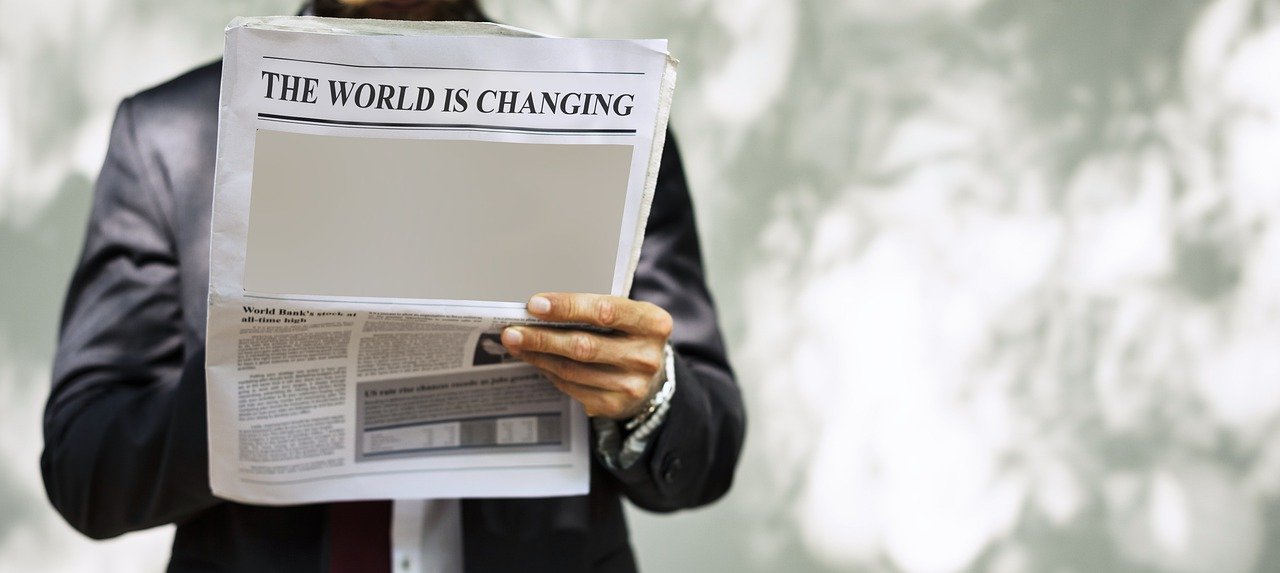While the true impact of the coronavirus pandemic is still pending, brands across all markets are affected and looking to answer: OK, what do I do now?
“Business leaders often think of disruption being initiated by a competitor or new entrant to their market. The coronavirus pandemic proves there are other sources of disruption,” said Dave Coffaro, principal at Strategic Advisory Consulting Group.
In any upheaval, getting your company’s communications in order is vital.
Internal audiences
A good first step is looking at your internal communications, Coffaro says, especially as many companies move to remote workforces and have changes in operations.
Coffaro is talking with his clients about the importance of internal communications, since employees are their “face” to customers. He puts employee communications into three categories with specific messaging around certain topics.
- Coronavirus-specific messaging — Focus on status, impact to our business, employees, customers, communities.
- Current business-as-usual (BAU) communications — We’re operating in a temporary new BAU environment that feels different. It’s on the leader to take an extraordinary experience and make it seem as ordinary as possible. That requires more frequent, proactive and coordinated communications from all levels of management. Assume your people are feeling uneasy because of the unusual new BAU, and help mitigate their uneasiness with over-communication.
- Future state communications — For businesses that take the coronavirus / COVID-19 event as an opportunity to embark upon a needed change management endeavor, defining the future state picture and telling the story about how the organization brings that future state picture to life is an impactful way to build support, focus energies and make meaningful strides.
External audiences
Given that living through a pandemic is something very few of us have experienced, experts say external marketing messaging needs to have the proper tone.
“Communications professionals should be sure that their ‘voice’ is accurate, clear and ethically sound,” said the new chair of the Public Relations Society of America, T. Garland Stansell, APR.
“People are hungry for useful and up-to-the-minute information, and this should always be delivered in a tone that conveys expertise, confidence and clarity.”
He noted that, “Consistency and credibility are crucial when delivering messaging no matter who you are talking to.”
This is not, however, a time to get salesy, said Dave Snell, brand planning principal at The Richards Group, based in Dallas.
“It’s time to limit hard selling and be specific about what you are doing to help,” he said.
“There is no big difference in the approach to messaging whether you are talking to internal or external audiences or customers or prospects. We are all in this together and we are all looking for support, action and answers to questions. Show support and have empathy but get to the point pretty quickly about what you are doing to help,” Snell added.
Use all your communications channels
Stansell said the medium doesn’t matter.
“In today’s social media-driven world, the most effective content should ideally be a combination of all formats. Text is best for more explanatory and comprehensive messaging, while images such as infographics and short videos work well at conveying specific concepts, statistics and other pieces of data in a quick, easily digestible manner,” he said.
While disruption, no matter the source, is never easy, it does offer an opportunity for a business to stand out and look for new ways to operate, Coffaro said.
“We’ve learned through other systemic disruptions that many organizations come out stronger because they paused, took a deep breath and reimagined their future. This is the time to rethink strategy, define a new future state picture that informs activities to begin taking today,” he said.
Mike Driehorst is SmartBrief’s digital media editor, working on newsletters covering social media, advertising, agencies, interactive marketing, web design/development and multiculturalism. After an early career in newspaper journalism, Mike worked in public relations, social media and digital marketing on both the agency and client side for 20 years before joining SmartBrief in early 2019.
If you enjoyed this article, sign up for SmartBrief’s free daily email on Social Business. It’s among SmartBrief’s more than 200 industry-focused newsletters.
